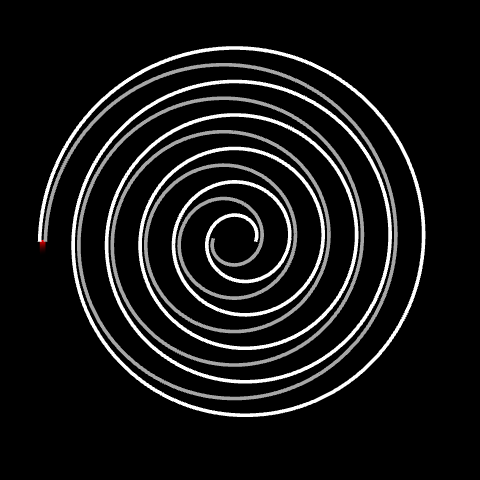When I bought my house, I knew I would soon need to replace its heat pump, which was almost 20 years old. Earlier this month, with my old pump laboring under a cold snap, I upgraded to a new version, which boasts a history of elegant inventions.
Powered by electricity, heat pumps circulate a low-boiling-point hydrofluorocarbon (HFC) refrigerant between two heat exchangers, one inside the house and one outside it, separated by a compressor and an expansion valve, cycling the refrigerant between liquid and gas phases. When the refrigerant flows one way, it evaporates in the inside heat exchanger, absorbing energy and cooling the interior (while it condenses in the outside heat exchanger, liberating energy). Alternately, when the refrigerant flows the other way, it condenses in the inside heat exchanger, liberating energy and heating the interior (while it evaporates in the outside heat exchanger, absorbing energy).
The heart of my heat pump is its scroll compressor, invented by Léon Creux over a century ago, where one interleaved scroll orbits another, channeling and squeezing the injected fuel, as in the 2D animation below. What a wonderful and unexpected use of spiral curves! With less moving parts than a traditional reciprocating compressor, a scroll compressor can be more efficient, smoother, quieter, and more reliable.

Scroll compressor intakes low pressure fluid (left), smoothly compresses it, and exhausts high pressure fluid (center). Rainbow colors suggest pressures, increasing from red to violet. (You may need to click to see the animation.)

Thanks, Mark! I enjoy reading your posts as well.